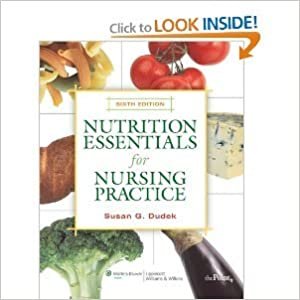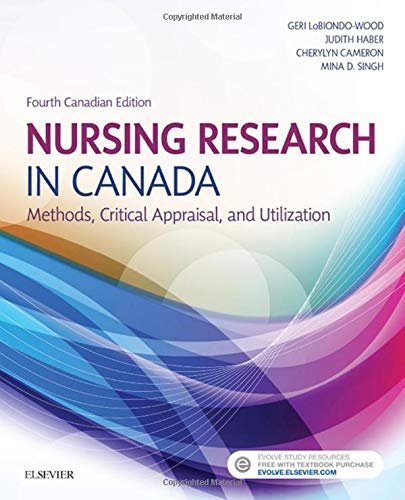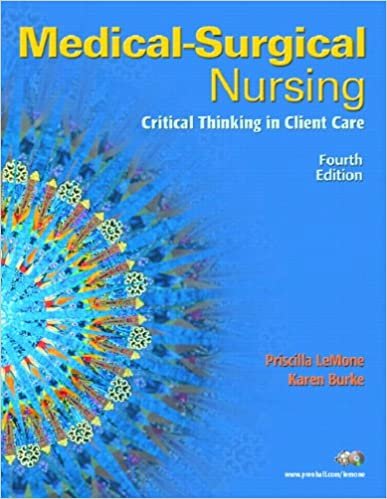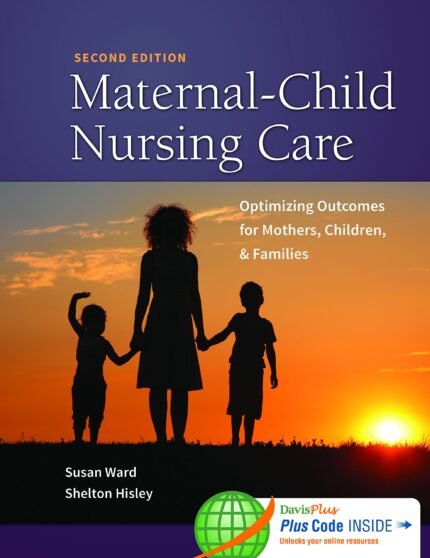Test Bank For Gerontological Nursing 3rd Edition By Tabloski
Test Bank For Gerontological Nursing 3rd Edition By Tabloski
Gerontological Nursing 3rd Edition By Tabloski – Test Bank
Gerontological Nursing 3rd Edition By Tabloski
Test Bank For Gerontological Nursing
Chapter 01
Question 1
Type: MCSA
The nurse is preparing discharge instructions for an 84-year-old patient that includes plans for smoking cessation. The nurse believes that since the patient has been smoking for years, he isn’t going to stop now. Which concept does this nurse’s belief reflect?
- Negative stereotyping
- Character assessment
- Reality orientation
- Senescence
Correct Answer: 1
Rationale 1: Often people characterize the elderly in a negative way, believing that after a certain age, things cannot be changed. This is the concept of stereotyping in a negative way.
Reference: Page 4
Rationale 2: Character assessment is not an identified concept of gerontology but is a process of identifying aspects of an individual’s personality and character.
Reference: Page 4
Rationale 3: Reality orientation is not an identified concept of gerontology but is a strategy to assist individuals when confused or delusional.
Reference: Page 4
Rationale 4: Senescence is the process of aging.
Reference: Page 4
Global Rationale:
Cognitive Level: Analyzing
Client Need: Health Promotion and Maintenance
Client Need Sub:
Nursing/Integrated Concepts: Nursing Process: Planning
Learning Outcome: 3. Identify common myths of aging and their contribution to ageism.
Question 2
Type: MCMA
The nurse is planning to conduct a blood pressure screening at a local senior citizen’s high-rise apartment building in the inner-city impoverished location. What are characteristics of the residents living in this location?
Standard Text: Select all that apply.
- Older women
- Married men and women
- Widowed women
- Less educated women
- Residents living alone
Correct Answer: 1,3,4,5
Rationale 1: Women now comprise the majority of the older population and in the United States, women outnumber men.
Reference: Page 7
Rationale 2: In the United States, women outnumber men and the ratio of men to women over the age of 65 is 49 men to every 100 women.
Reference: Page 7
Rationale 3: Since the life expectancy of men in the United States is less than that of women, the majority of the residents will most likely be widowed.
Reference: Page 7
Rationale 4: Older women are more likely to be less educated and have fewer years of labor experience, making older women more likely to live in poverty.
Reference: Page 7
Rationale 5: Since older women are more likely to be widowed, they are more likely to live alone.
Reference: Page 7
Global Rationale:
Cognitive Level: Analyzing
Client Need: Health Promotion and Maintenance
Client Need Sub:
Nursing/Integrated Concepts: Nursing Process: Planning
Learning Outcome: 1. Interpret demographic data according to race, gender, and age.
Question 3
Type: MCSA
While completing an admission assessment, the nurse learns that a female adult patient has smoked one pack/day for 20 years and works at a chemical plant. From this information, what is this patient at risk for developing?
- Decreased fertility
- Increased life expectancy because she is female
- No difference in risk because of social and occupational circumstances
- Environmental and occupational hazards that may affect life expectancy
Correct Answer: 4
Rationale 1: Given the limited information on the chemical exposures, it is inconclusive to consider any effect on fertility.
Reference: Page 8
Rationale 2: If women begin to approach the rates of tobacco and face the same environmental hazards as men, the gender gap in life expectancy may narrow.
Reference: Page 8
Rationale 3: If women begin to approach the rates of tobacco and face the same environmental hazards as men, the gender gap in life expectancy may narrow.
Reference: Page 8
Rationale 4: Exposure to environmental and occupational risk factors has been known to affect life expectancy in men and will have the same effect on women given similar circumstances.
Reference: Page 8
Global Rationale:
Cognitive Level: Analyzing
Client Need: Health Promotion and Maintenance
Client Need Sub:
Nursing/Integrated Concepts: Nursing Process: Diagnosis
Learning Outcome: 2. Relate leading causes of morbidity and mortality among older adults.











